Tomb 41
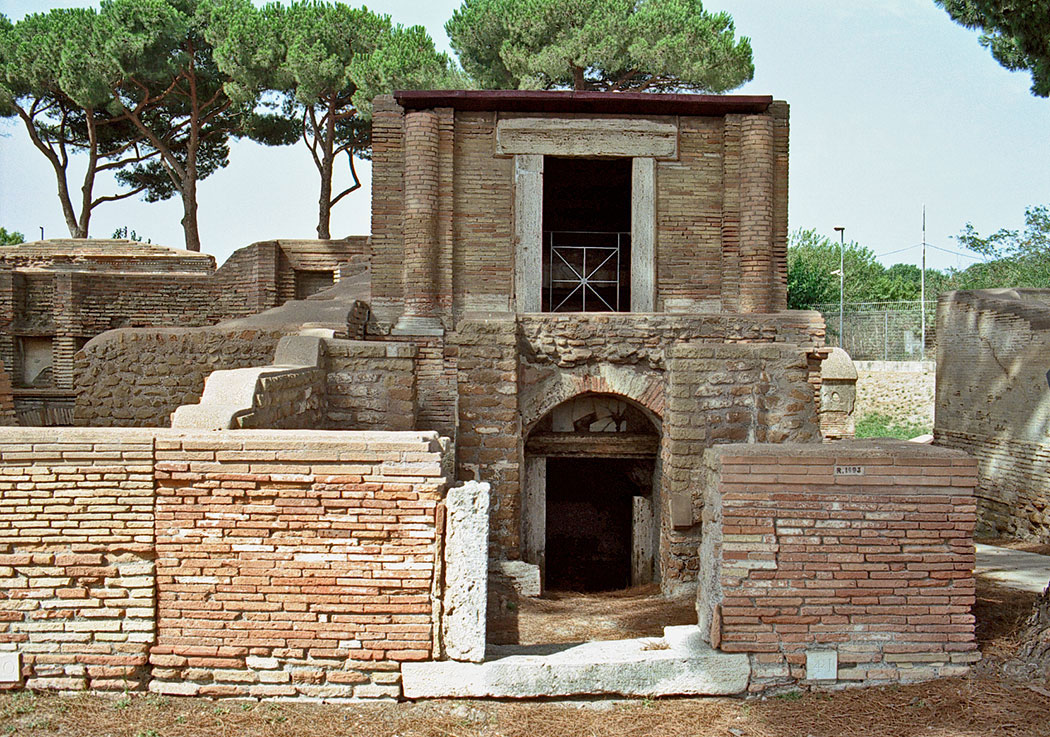
In the background tomb 42 with the dubble burial chamber.
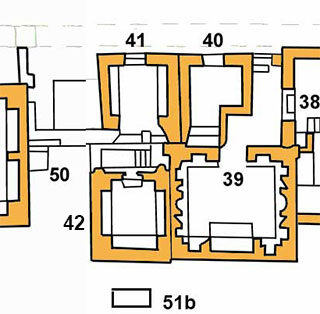 Tomb 41 is located in front of the older tomb 42 and seems to occupy the enclosure of that grave.
Tomb 41 is located in front of the older tomb 42 and seems to occupy the enclosure of that grave. Tomb 41 lies along the same line as tomb 40 and is looking out over the Via Severiana.
The grave was built for inhumation. Only the side walls had a double row of arcosolia. In one of the arcosolia on the left wall a fragment of a terracotta sarcophagus is still to be seen.
Beneath the floor are three formae, each for two bodies. Many pieces of the mosaic floor have been found in these formae. The floor itself does not exist anymore.
In the lower niche on the right side a painting has survived. The painting consists of two levels. On the lower level we see fruit and flowers on a green background surrounded by trees. The second level shows a bird against a white background. Because of the bad state of this tomb it is hardly possible to give a reliable date. The painting dates from the first part of the third century AD.
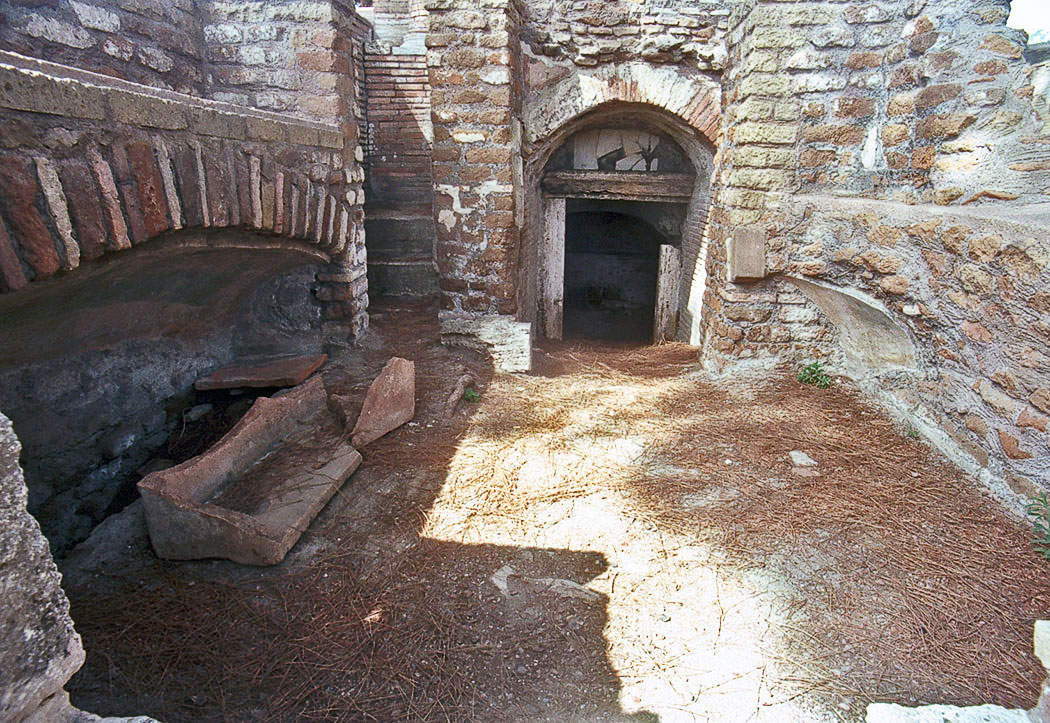
On the left side the stairs.
- Sources
- Russel Meigs - Roman Ostia, At the Clarendon Press 1973
- Guido Calza - Necropoli nell'Isola Sacra'(1940)
- Dr. Jan Theo Bakker.
- Hilding Thylander - Inscriptions du port d'Ostie (Lund C W K Gleerup 1952).
- Ida Baldassarre, Irene Bragantini, Chiara Morselli and Franc Taglietti - Necropoli di Porto, Isola Sacra (Roma 1996).
Isola Sacra Index (F)

Section spéciale consacrée au cimetière romain de Portus (en anglais)....
Lire la suite...Leptiminus (Anglais)
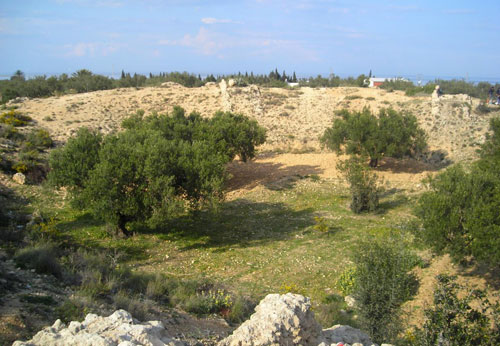
At the site of present-day Lamta on Tunisia's east coast, there was already a port city named Leptis Minor ....
Lire la suite...Droit romain du commerce maritime(Anglais)

Roman law is the finest monument that Rome bequeathed to Western Europe....
Lire la suite...Sullecthum (Salakta) Anglais

In the Sahel, in the Tunisian province of Madhia, we find by the sea the small town of Salakta....
Lire la suite...Colonia Julia ad Turrem Libisonis (Anglais)

.....probably founded by Julius Ceasar around 46 BC, was located in the north-west of Sardinia.
Lire la suite...
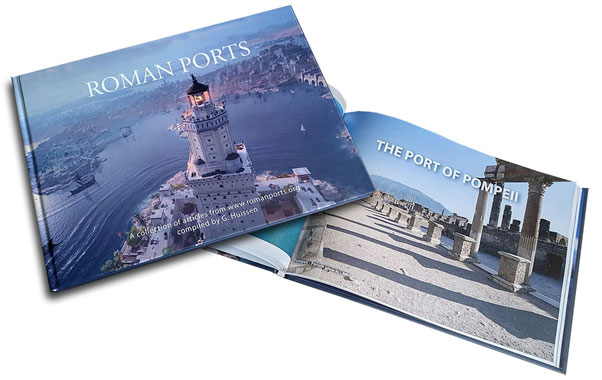
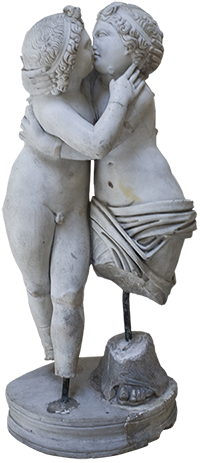 We are committed to providing versions of our articles and interviews in several languages, but our first language is English.
We are committed to providing versions of our articles and interviews in several languages, but our first language is English.